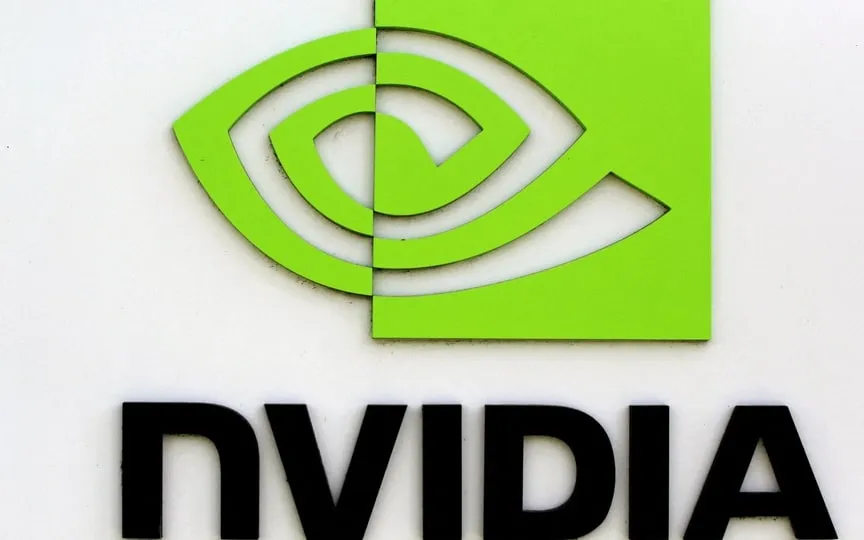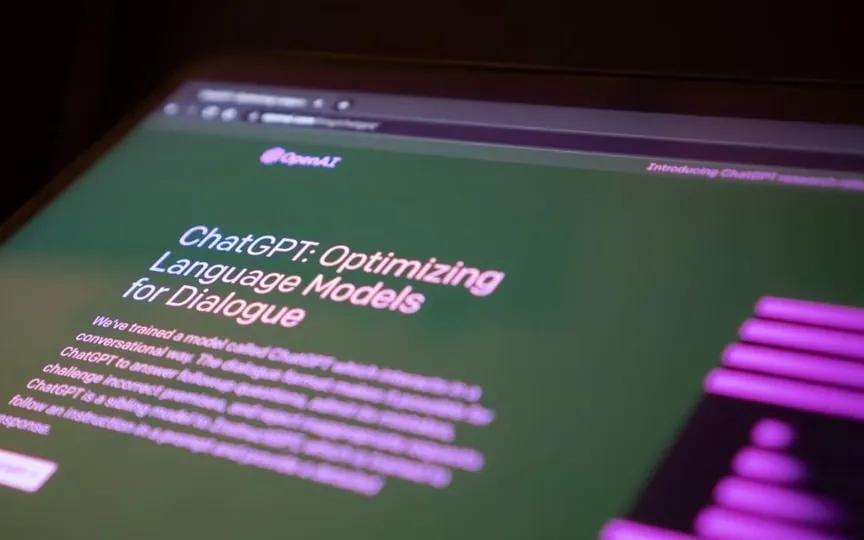Nvidia’s Cash Reserves Can Fund Buybacks and Crucial Research and Development
Investors who are concerned that Nvidia Corp.’s significant allocation of funds towards stock buybacks might hinder its ability to invest in crucial research and development can find reassurance in the chipmaker’s increasing free cash flow.
Nvidia is generating so much money from the AI boom that it has more than enough to invest in new chips and return cash to shareholders. Free cash flow and research and development spending both hit records in Nvidia’s fiscal second quarter, and the company still had about $1 billion left over after spending $3 billion on buybacks.
When tech companies start setting aside increasing amounts for share buybacks and dividends, some investors see it as a sign that management sees fewer opportunities worth investing in and that growth is slowing. When Nvidia said last month it was setting aside $25 billion for share buybacks, some expressed concern. This amount – which Nvidia is not obligated to use – represents more than five times the profit generated by Nvidia in its last financial year.
Others thought it missed the point. The company’s leadership in the components underlying the infrastructure of artificial intelligence systems generates so much free cash that it can still afford to invest to maintain its technological leadership and reward shareholders.
“It was kind of like their company is showing the market something else: We want to show how financially strong we are, we’re going to flex a little bit,” said Chris Mack, an analyst and fund manager at Harding Loevner, which owns Nvidia split shares as part of its $55 billion in assets under management. “They make a lot of money and continue to do so.”
Another concern is that Nvidia could be bought at inflated prices after its shares tripled this year, making it the first chipmaker to hit a trillion-dollar market cap. The company’s nosebleed valuation has become a point of contention on Wall Street, with some such as Research Affiliates founder Rob Arnott arguing that Nvidia is “overpriced” at 35 times its trailing sales.
Nvidia is projected to generate about $38 billion in free cash flow in the year ending Jan. 31, 2025, according to an average of analyst estimates compiled by Bloomberg. This equates to approximately $23 billion in the current fiscal year.
Ultimately, Nvidia’s ability to spend as much — or more — than potential rivals such as Advanced Micro Devices Inc. and Intel Corp. will help it produce products ahead and keep orders rolling.
AMD, which is trying to catch up to Nvidia in the AI accelerator market, spent about 25% less than Nvidia in the second quarter and had less than 5% of Nvidia’s free cash flow.
Intel, which unlike the other two still makes its own chips, is spending heavily to restore its manufacturing technology to a leading position and update a wider range of products to make them competitive again.
For now, Wall Street likes Nvidia’s chances of surpassing the company, which until recently was the world’s largest chipmaker for more than two decades.
And if that prediction comes true, Nvidia will have even more money to squander on the silicon and software that has given it a stranglehold on the AI accelerator market, similar to what Intel once had on PCs and servers.
“It makes absolute sense to use some of that huge free cash flow to strengthen your company’s balance sheet and then secondarily use that cash flow to invest in the future of the company,” said Phil Blancato, CEO of Ladenburg Thalmann Asset Management. “At the end of the day, you can do both.”
Today’s technical map
Arm Holdings Plc rose as much as 8.5% on Friday, a day after its buoyant market debut. Meanwhile, Needham & Co. initiated coverage of the circuit designer’s stock and recommended hold, saying “the valuation looks solid.”
High tech stories
- Salesforce Inc. is hiring 3,300 people in a different division, marking another investment after it eliminated 10 percent of its workforce in a restructuring earlier this year.
- The Walt Disney Co. has held preliminary talks to sell its ABC network and TV stations to local broadcaster Nexstar Media Group Inc., according to people familiar with the discussions.
- Taiwan Semiconductor Manufacturing Co. told its major suppliers to delay shipments of high-end chip-making equipment due to demand from its customers, Reuters said, citing people familiar with the matter that it did not identify.
- Huawei Technologies Co’s controversial Mate 60 phones use SK Hynix Inc.’s memory that has been available for years, TechInsights found after tearing apart several devices.
- Netflix Inc. is ordering a second season of the new Japanese pirate series One Piece after the live-action, cartoon-based show was the most-watched TV title worldwide for two consecutive weeks.
Income due on Friday
- No major earnings expected




